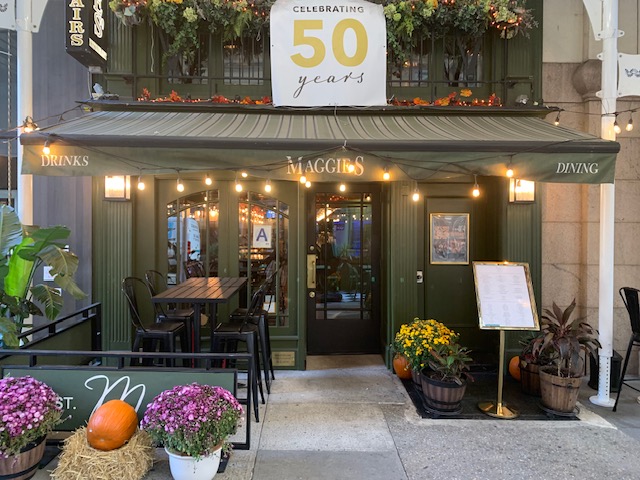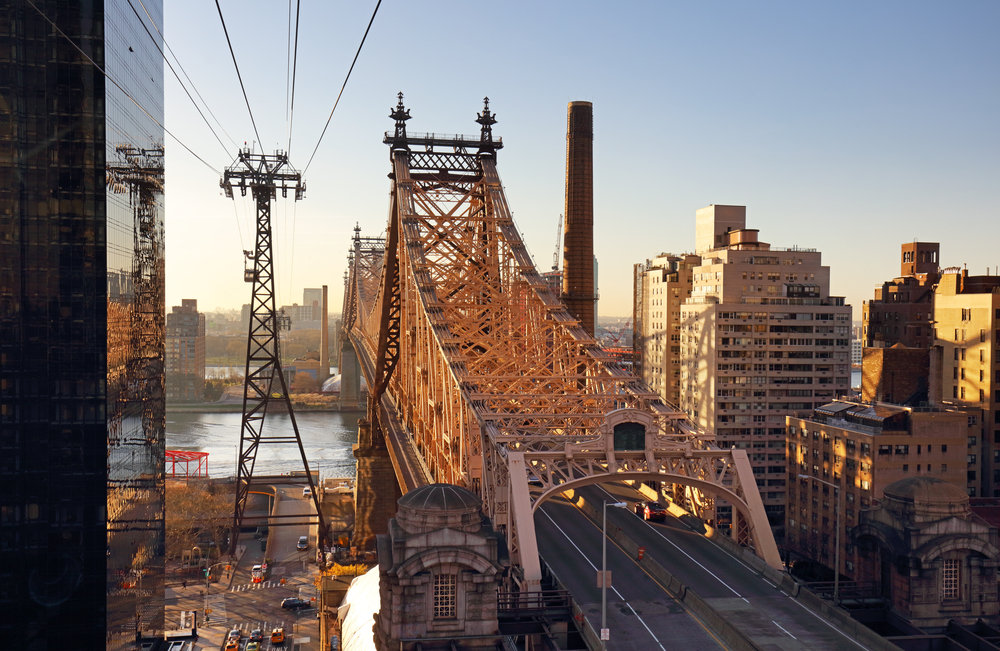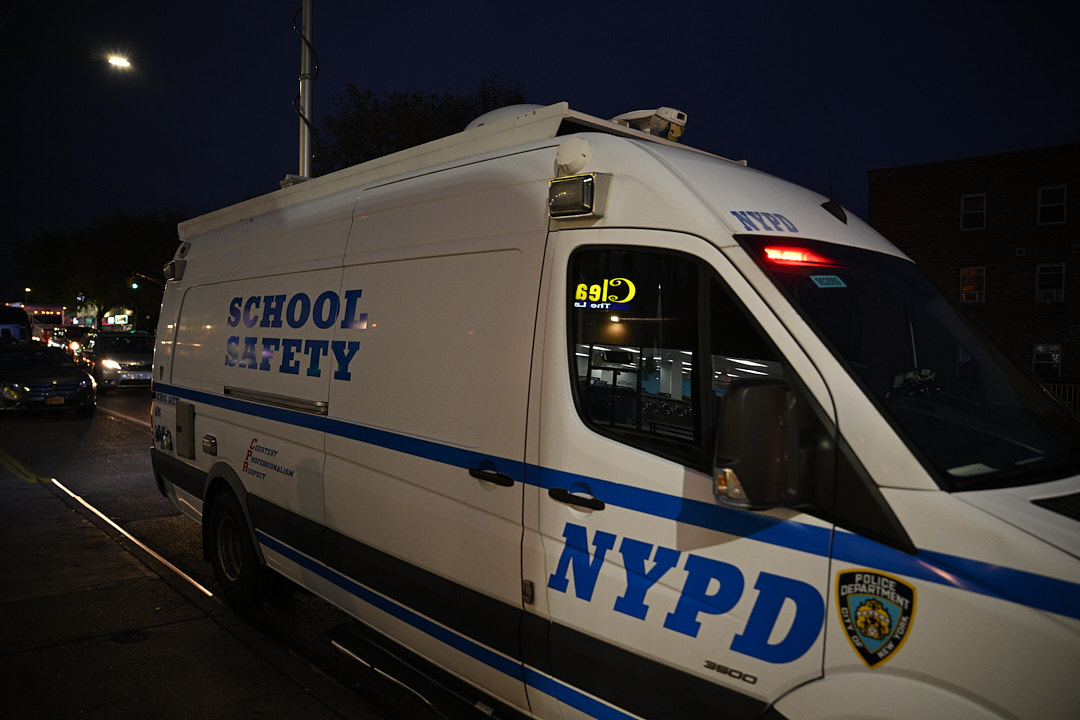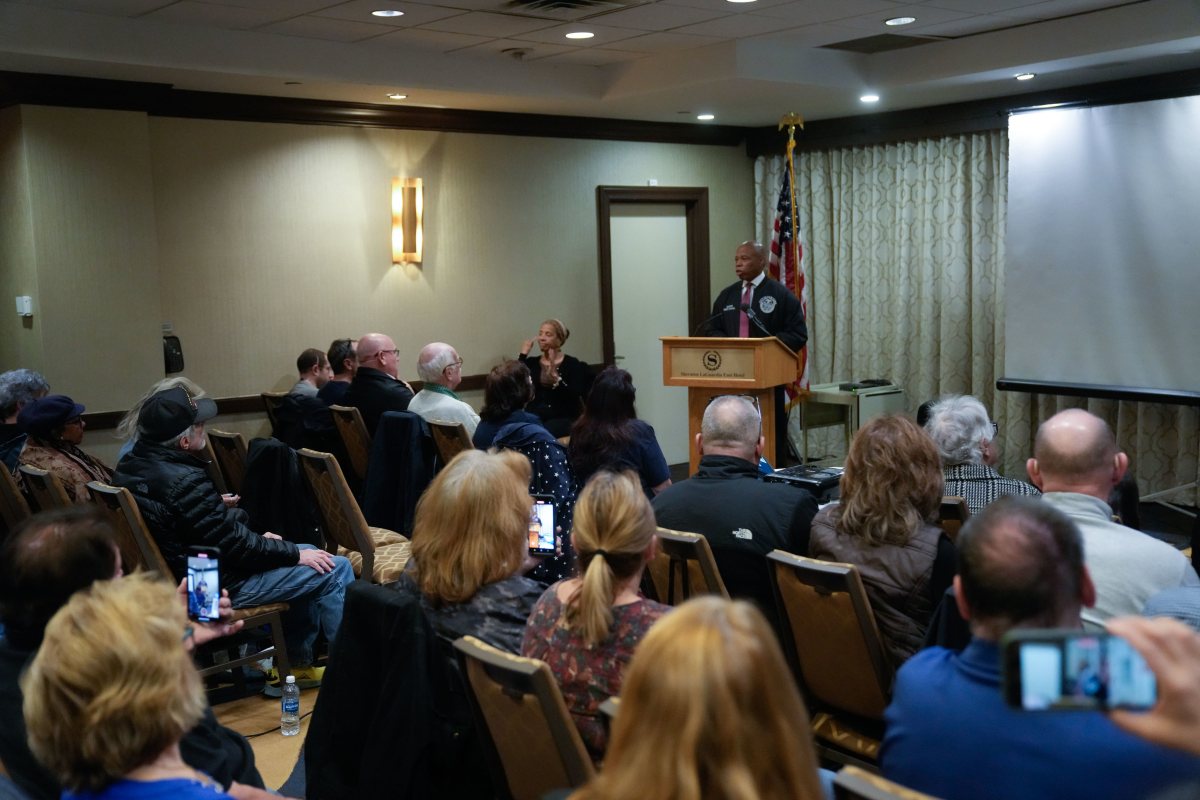There’s been a confusing number of statements and decisions about Downtown schools and the Seaport redevelopment project from a variety of city agencies in the last two weeks. To say one hand doesn’t know what the other is doing is an understatement. Multiple city agencies are sending contradictory messages and working at cross-purposes.
The city Dept. of Education said last week it would not consider General Growth Properties’ offer to build a school in the Seaport, thus putting the worthy but tenuous project further in doubt without a school sweetener. Yes this is the same project that is being pushed by the city’s Economic Development Corp., but that the city’s Landmarks Preservation Commissioners slammed on Tuesday, saying in part, “what’s the point in opening up the Lower Manhattan waterfront anyway” — yes the same waterfront the City Planning Commission, the city Parks Dept. and the mayor’s office have been working to open up for years.
Let’s assume for the moment the D.O.E.’s conclusion about the Seaport’s school is correct based on future student projections. School space is still hard to find everywhere, and General Growth’s offer should never have been dismissed so quickly in rapidly growing Lower Manhattan. Seaport school space could allow for a magnet high school to be moved out of a crowded building, or many other possibilities.
But it’s hard to take the D.O.E.’s capital plan seriously anyway with its quirky grouping of neighborhoods. An area the agency calls “Tribeca/Village” may need two more schools according to the report. The D.O.E. told us one of the neighborhoods included in this area is the Financial District. So the city is certain the Seaport does not need a school, but FiDi, right across the street, may need one?
As for the Seaport redevelopment project, when we endorsed the thrust of it a month ago, we also said the design needed changes to make it appropriate. Landmarks commissioners did talk about the problems with the boutique hotel and retail Tuesday, but several also wondered why General Growth wanted to bring more people to the waterfront and create better views.
Their arguments sounded like a call to preserve bad urban planning. They would have merit if the plan was to change the street grid and view corridors in the part of the South Street Seaport Historic District with cobblestoned streets and low-rise 19th century buildings. But General Growth is changing non-historic Pier 17, which has a 1984 mall building that has never been embraced by the community, or the marketplace.
Commissioners also objected to the relocation of the Tin Building. This 1907 structure formerly used by the Fulton Fish Market now has many of the “faux” elements commissioners criticized in other parts of the design. The building was badly burned 13 years ago and only appears to be restored. General Growth is proposing to invest $70 million to restore it with original materials and move it close to the water, as it was when it was originally built.
We know the firm’s finances are shaky and it may not even be around to build anything when the market rebounds. But someone will be running that mall in the future and it would be useful if they heard a simple, clear message from the Bloomberg administration: Offering space for a school is beneficial, and so is opening up the waterfront.


































